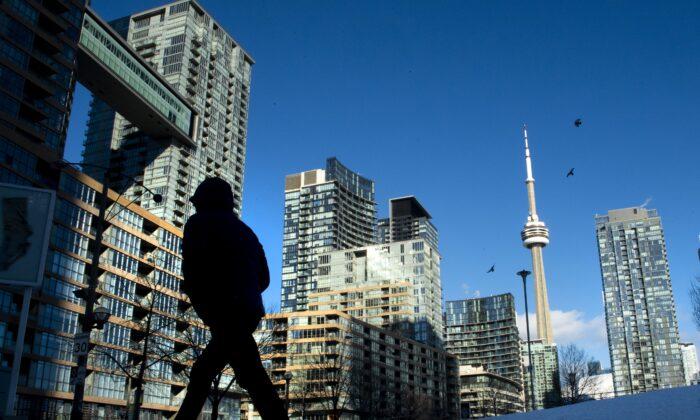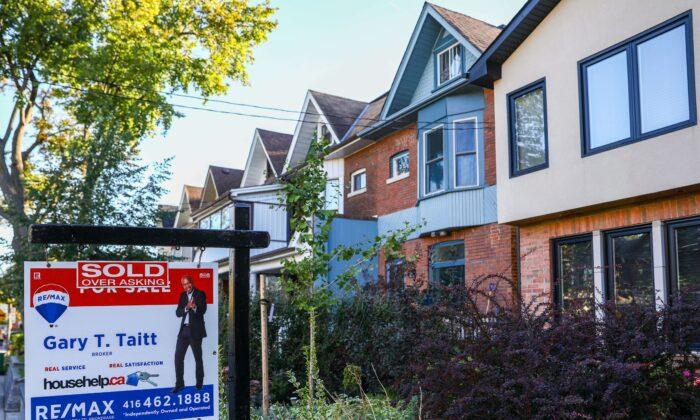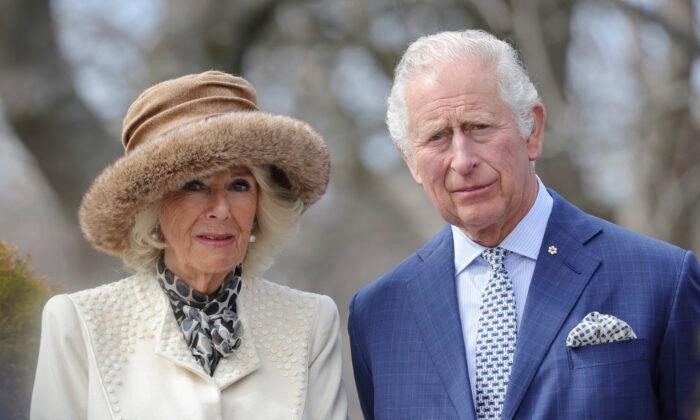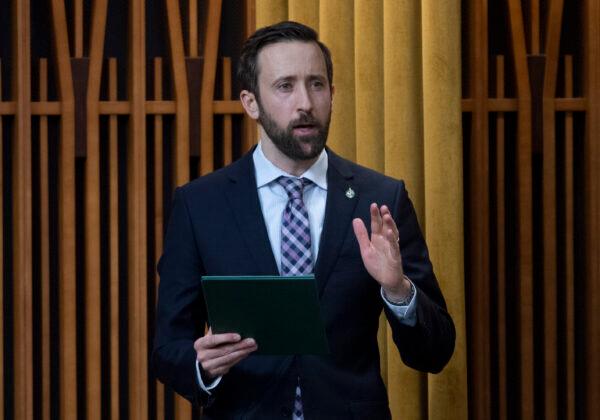The pandemic has done much to illuminate how groupthink harms the ability to develop a measured response to society’s challenges. The debate around the pandemic response has been remarkably free of nuance, not to mention unadaptable and unreceptive to new information.
Despite the vaccine rollout, lockdowns continue to be the immediate answer to any statistics that might be remotely perceived as a harbinger of catastrophe. Of course, some polls show that swathes of the public support certain lockdown measures; a Maru/Blue poll from early January showed that the majority of Ontarians are in favour of measures such as closing non-essential businesses (80 percent), closing schools (70 percent), and heavy fines for anyone who willfully violates lockdown rules (68 percent).
But this shouldn’t be interpreted as dispositive when it comes to the debate around lockdowns since there are also large swathes of the public, along with experts, who have acknowledged that the side effects of lockdowns demonstrate the urgent need to account for trade-offs in the government’s response to the virus.
The complexity surrounding the opening of schools is a case in point, especially in Ontario where the government rather incoherently announced in-person learning would resume on Jan. 25 at some schools while others will stay closed—all while a stay-at-home order is still in place across the province. This reflects the lack of a clear a strategy.
Ambiguity and flip-flopping have hindered some of the lockdown measures in different provinces. Actions and pronouncements from those in government suggest that they don’t actually have confidence in the approach themselves and have simply succumbed to “do-somethingism.” Politicians leaving the country during the Christmas holidays demonstrated a lack of seriousness in their government’s response.
Making it more painful is how the lockdown response has become the orthodoxy in such a way that if anyone dares question any aspect of it, they are often condemned. Earlier this month, Dr. Chris Mackie, the medical officer of health for London and Middlesex County on Ontario, got criticized for citing data collected by the health unit showing that the majority of COVID-19 transmission to students occurred at home rather than in the classroom. This unsurprisingly elicited accusations of spreading dangerous “misinformation” from several quarters.
Dr. Richard Schabas, who was Ontario’s chief medical officer of health from 1987 to 1997 and who served as chief of staff at York Central Hospital during the 2003 SARS crisis, said in a Jan. 18 open letter to Premier Doug Ford: “Lockdown was never part of our planned pandemic response nor is it supported by strong science.”
“[T]here are significant costs to lockdowns—lost education, unemployment, social isolation, deteriorating mental health, and compromised access to health care,” Schabas wrote. “We will be paying for lockdown—in lives and dollars for decades to come.”
Baber’s letter in part was flawed, however, as are some aspects of the anti-lockdown position. Baber offered only a vague exit strategy, describing no prudent restrictive measures upon reopening that would make an exit from lockdown plausible. A subset of the anti-lockdown faction is also stubbornly against masks, but mask-wearing would help make an exit from lockdowns sustainable. This absolutist approach undermines a prudent opposition to lockdowns that could be productive and successful in ending them once and for all.
But many of those who have criticized lockdowns did so rationally and with common sense. Witlessly, some lockdown enthusiasts have tended to lump in those who express opposition to their view—no matter the evidence or how much it is done in good faith—with cranks and conspiracy theorists. Framing the debate in this fashion is no way to have a conversation about something as multi-faceted as a pandemic. Unfortunately, this tendency has remained a prominent feature of Canada’s pandemic experience since the beginning.
“We need to open up a realistic dialogue, not have knee-jerk, emotional reactions guiding policy,” Dr. Mackie said pointedly in response to his detractors.
We do, indeed.





